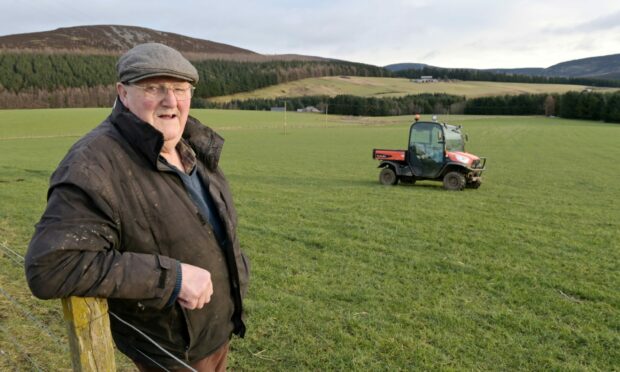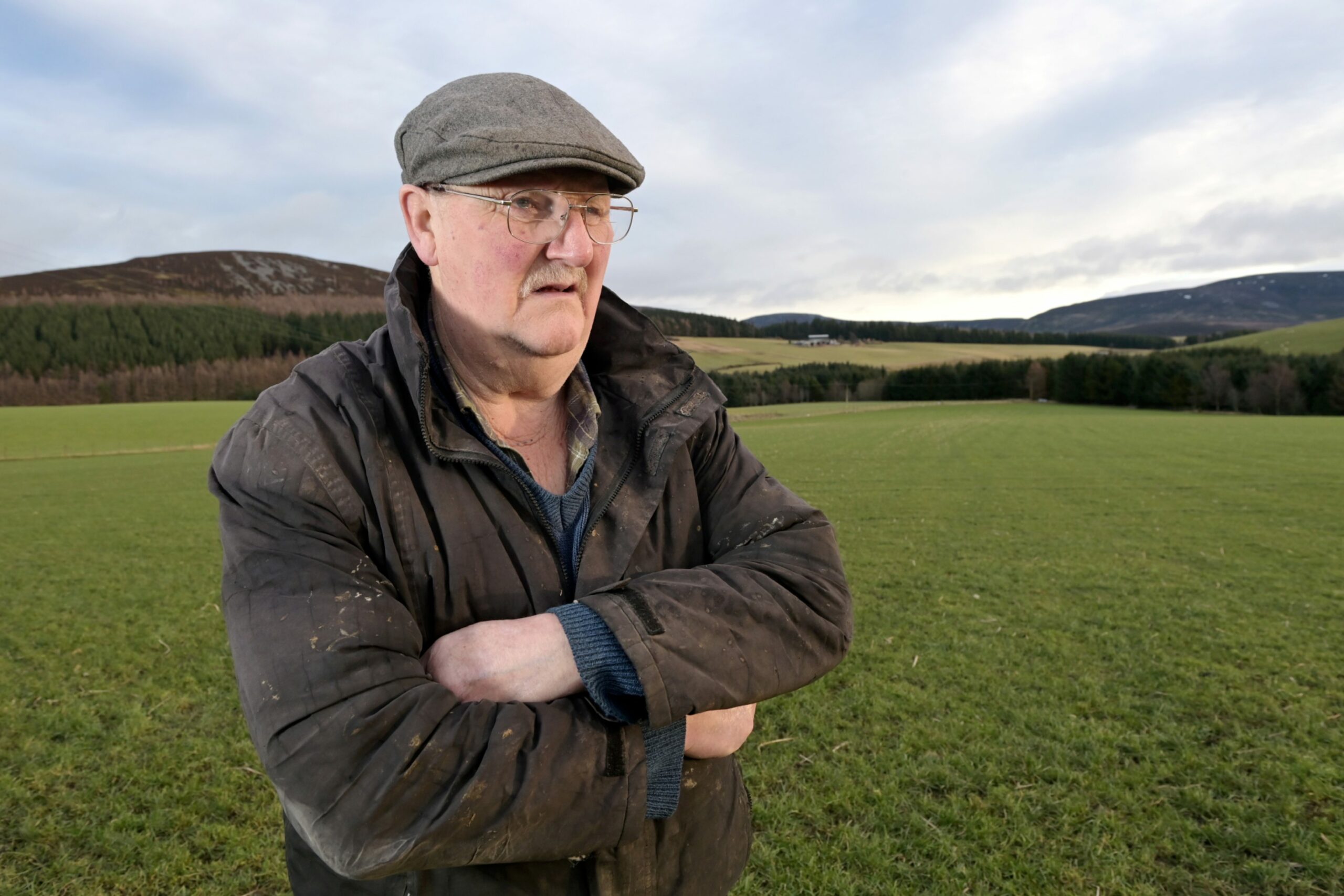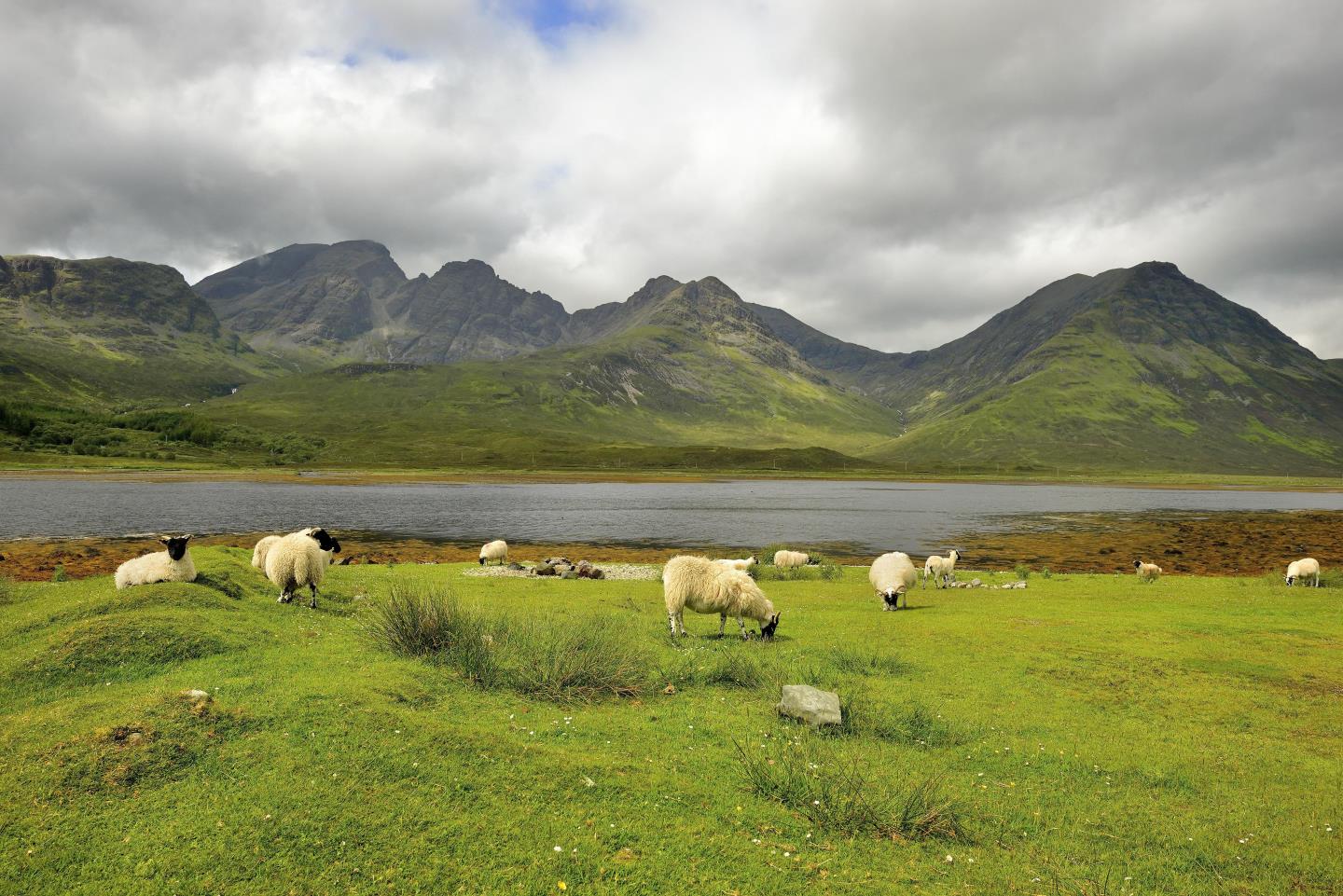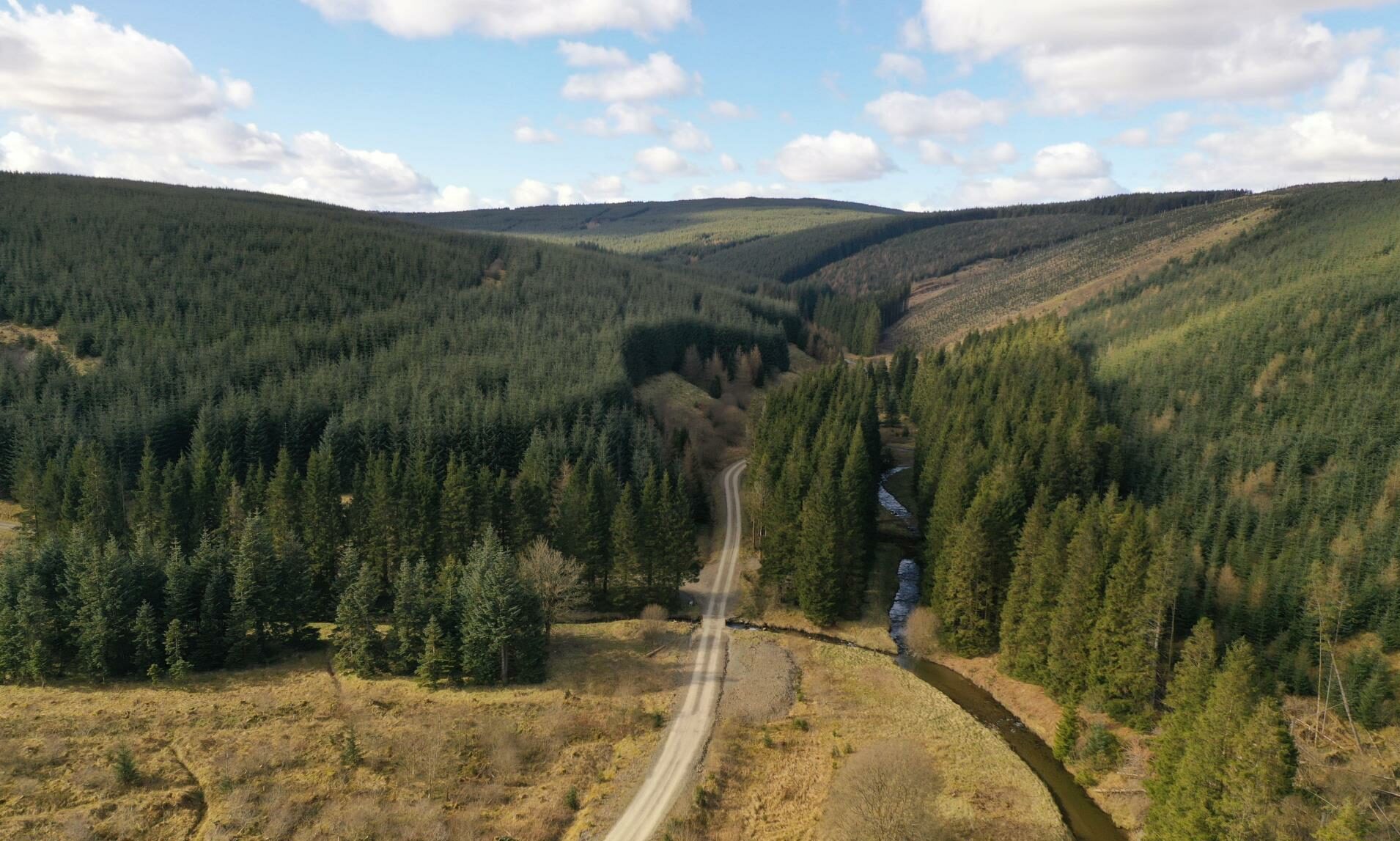A farmer has compared the clearing of tenanted farms to plant trees to the Highland clearances as he talks of the impact it is having on livelihoods.
Alastair Nairn, who has worked on land at Barluick Farm, has spoken out after losing his tenancy.
He says the farm will now be planted “wall-to-wall with trees” in a bid to offset an organisation’s carbon footprint.
Mr Nairn has said the impact of losing grazing land could result in many farmers being forced to seek alternative forms of employment.
The Glenlivet farmer has said the loss of tenancy will lead to many animals being slaughtered prematurely.
He had around 90 cattle and 500 sheep on the land.
‘It is the biggest fraudulent racket in my lifetime’
Mr Nairn has said he feels the buying of land by large organisations to offset their carbon footprint to be wrong and has labelled it the “biggest fraudulent racket in my lifetime”.
He said: “I am heartbroken that this is going to take place.
“Not only will this affect my business but similar situations are affecting tenant farmers right across the Highlands.
“The land has been sold from beneath us and is now going to be wall-to-wall with trees.
“When these corporations think they are about to exceed their carbon audit, they simply just go out and buy a forest.
“It is actually doing nothing. They are just carrying on doing exactly what they have been doing that created the problem in the first place.”
Farmers are leaving the industry
A second farmer, who also lost out from the sale of the Glen of Rothes estate, had held a tenancy on the land for 17 years.
Mr Nairn added: “Farmers have been driven from the land. It is a modern day Highland clearance and it is happening all over Scotland.
“It is having a huge impact on the tenanted sector.
“Even if they don’t take the whole business away, they are taking so much of the land that the business will be unviable to carry on.”
Net zero ambitions
Large corporations such as BrewDog have purchased estates to reforest the area in a bid to become carbon neutral.
The Ellon-based brewer purchased the Kinrara Estate in the Cairngorms as part of its Lost Forest project, which is expected to produce an eco-hotel, distillery and outdoors centre.
BrewDog said reducing emissions is their “number one priority” and that great progress has been made.

A spokesman said: “We understand Mr Nairn’s concerns but meantime it’s important that people understand that BrewDog’s investment in nature based solutions augments, rather than replaces, the work we are doing to reduce the impact of our operations and supply chain.”
The brewer has begun switching its breweries and bars to renewable energy, cut air travel and is deploying electric delivery vehicles.
BrewDog also say carbon emissions dropped by 34% when compared in scope one and two of 2020 to the previous year, with emissions per hectolitre of beer down 15% for scope three.
The UK Government launched a £50 million scheme in 2019 to plant 11 million trees by the end of 2022 in a bid to aid its target of reaching net zero carbon emissions by 2050.
Responsible approach required
Scottish Forestry has said it is aware of concerns raised and is discussing these with the National Farmers Union of Scotland.
A spokesman said: “The Scottish Government is clear that while it is essential that we tackle climate change, we must do so in a way that is fair and leaves no-one behind.
“The government’s vision for a net zero Scotland is one in which rural communities thrive and more, not less, people can live and work sustainably on our land.
“The Scottish Government is expecting an urgent piece of advice from the Scottish Land Commission which will address the purchase of land for carbon offsetting because while private investment will be important to our journey to net zero, it must be responsible and our rural communities must not be disadvantaged.”
The spokesman added that Scottish Forestry is aware of proposals to plant trees on the Glen of Rothes Estate. However, so far, no application has been submitted.
He urged the new landowner and agents to engage with them at “the earliest opportunity”.
He concluded: “As woodland expansion increases over the next few years, our aim is to achieve this in a way that works for agriculture too.
“Over the years we have been developing constructive ways to make this happen.”



